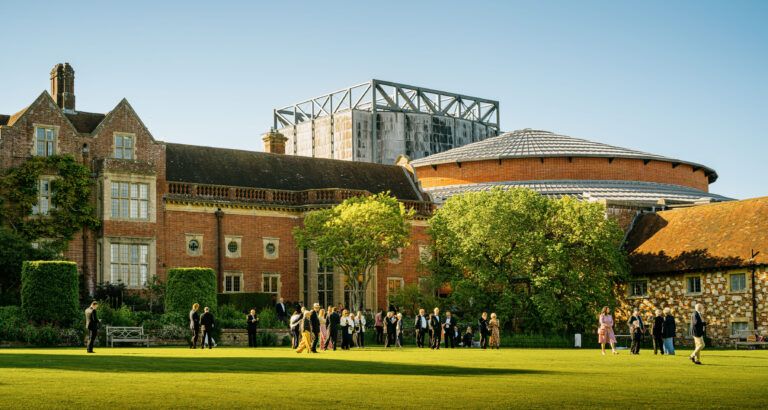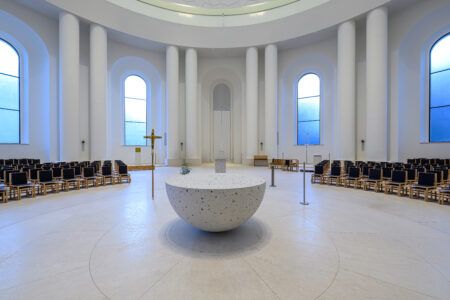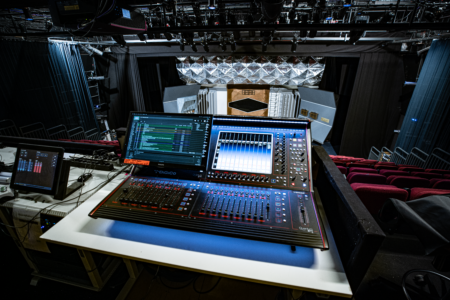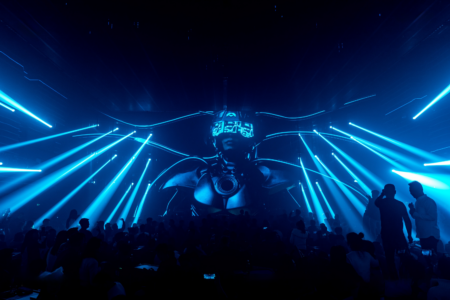Glyndebourne Opera House near Lewes, the UK, has upgraded the sound system in its auditorium with the help of EM Acoustics’ flagship Reference Series.
With a rich legacy of presenting world-class opera, the venue upholds a tradition of acoustic purity. Therefore, the decision to undertake the upgrade marked a milestone moment. For centuries, opera houses have adhered to a strict tradition of acoustic performances without amplification. While opera is fundamentally an acoustic art form, modern productions and programming schedules demand creative flexibility. The new system enables sound effects, pre-recorded elements or subtle reinforcement to be brought into the acoustic space.
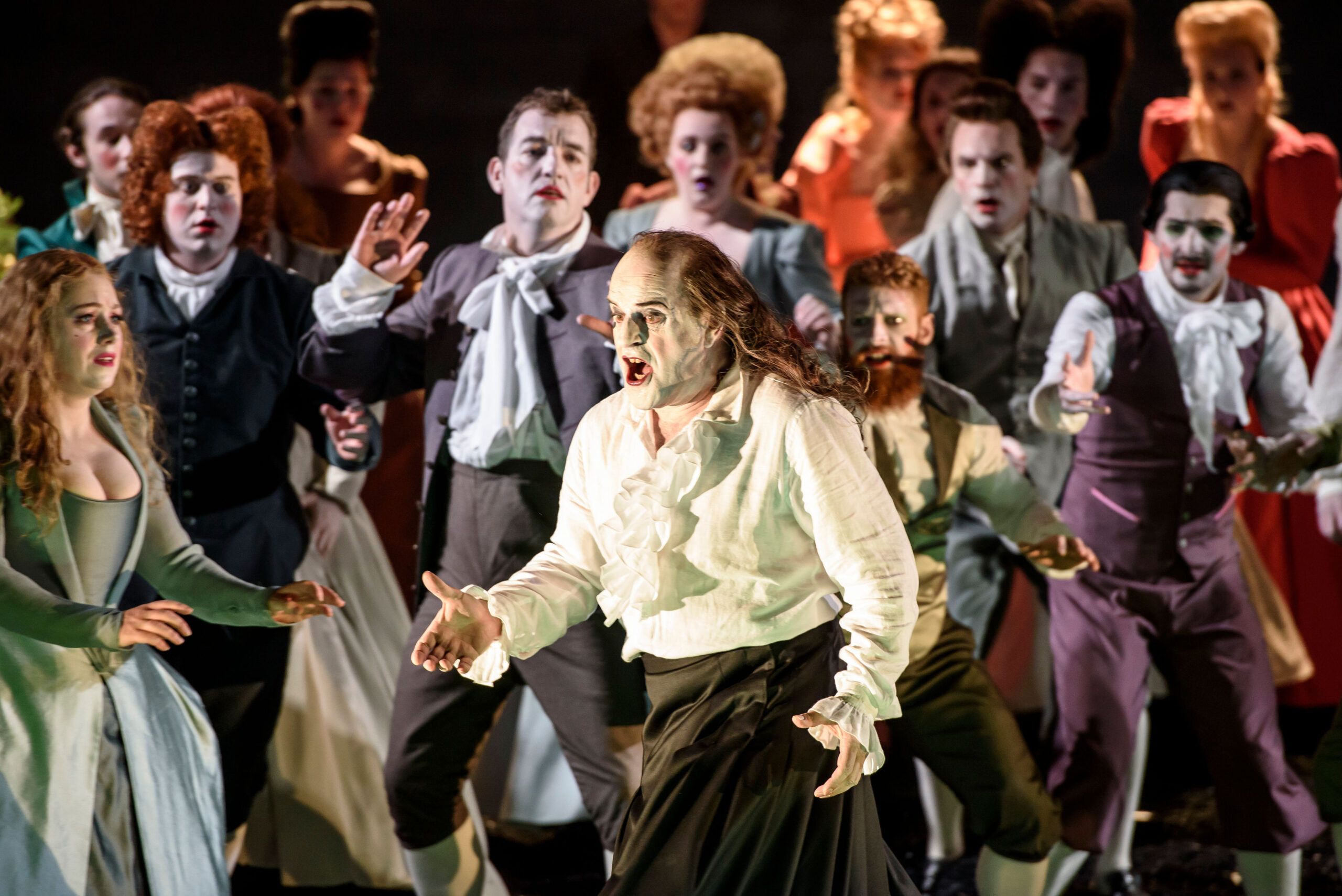
The upgrade of the PA system at Glyndebourne reflects the need to expand artistic possibilities whilst preserving the integrity of traditional opera.
“When we first initiated this project, we needed to strike the right balance, and getting all the stakeholders on board with the idea took some time,” explained Jonathan Moss, head of sound and video at Glyndebourne. “It was important to respect and honour the traditions, whilst also ensuring we chose a sound systemcapable of providing us with a sophisticated toolbox to meet the demands of modern productions now and in the future.”
Moss has worked with EM Acoustics products for over a decade across various venues. “There’s nothing else on the market that could compete with the Reference Series,” he said. “It is truly the only PA that had a chance of winning over all of our stakeholders.”
The choice of EM Acoustics was also influenced by the company’s collaborative approach. “They’re incredibly supportive, hands-on and open to feedback,” said Moss. “With EM Acoustics, we have direct access to the people designing the loudspeakers, ensuring the system meets our sometimes quite particular needs.”
Once the decision was made to go for a full EM Acoustics solution, Moss worked closely with the EM Acoustics team to choose the right models. Discussions around headroom once again proved to be about striking a balance. “We knew we didn’t need the biggest boxes, but after much deliberation, we went with the R12s because the frequency response is optimal, and therefore, we need less from the subs,” said Moss. “We’ve got so much headroom, we will rarely use the boxes that hard, so the output is effortless, which helps it to sound so natural.”
Glyndebourne also had a requirement for subtlety with the loudspeakers, so they would blend easily into the auditorium with a slim form factor and matte finish.
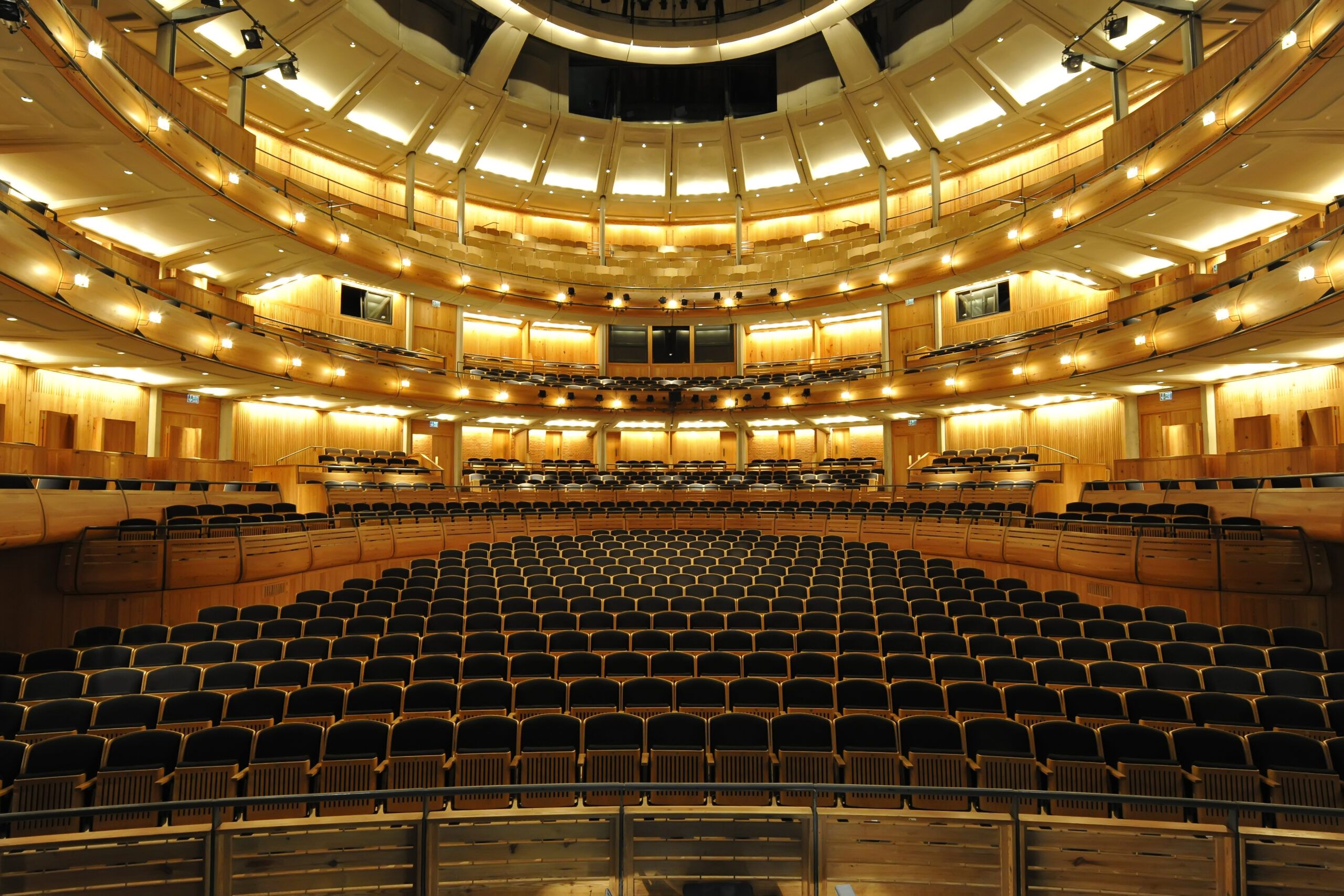
The sound system at Glyndebourne has been designed to complement and take advantage of the venue’s unique acoustics. The proscenium PA includes six R12s and two R8s, with two permanent R12s positioned upstage for sound effects. Two R10s and two S-215s are mounted on the balcony for immersive soundeffects, using the room’s acoustics to maximise resonance. Four R8s are hung on a round from the ceiling, whilst four S-218 subwoofers are installed underneath the auditorium. A total of nine DQ20 amplifiers and a range of deployable speakers complete the system. The entire foldback system is also EM Acoustics, enabling the orchestra to be played back on-stage for performers.
“What we’ve built at Glyndebourne is perhaps not how you would expect an auditorium system to be set up,” said Moss. “It is a difficult room for a PA, so we needed to be creative, but also keep the loudspeakers as invisible as possible. We’ve used the technology and shape of the room to design a system that uses theacoustic principles of an opera house and gives it a modern spin.”
The upgrade is intended to bring not only creative flexibility but also improved operational efficiency, particularly given Glyndebourne’s packed rehearsal and performance schedule. With only three or four orchestral rehearsals per production, the ability to react swiftly to artistic needs is invaluable. “Knowing we have that toolkit there makes previously impossible things achievable,” said Moss. “It’s a comfort blanket for us to be able to react to ideas and experiment more, or make quick additions or changes to the production during rehearsals. It saves a lot of time.”
The changes have been met with overwhelmingly positive feedback from creative teams. “When someone doesn’t notice it’s amplified, it means we’ve succeeded in keeping the magic of opera alive,” said Moss. “That is the biggest compliment we can receive.”
EM Acoustics said the project demonstrates that sound systems can enhance rather than compromise the art form, and that by embracing the right technology and integrating it with care, the venue has expanded its creative toolbox and the scope of its productions. “This has really upped the stakes in what we can do here at Glyndebourne,” said Moss.
Images courtesy of Glyndebourne Productions Ltd


